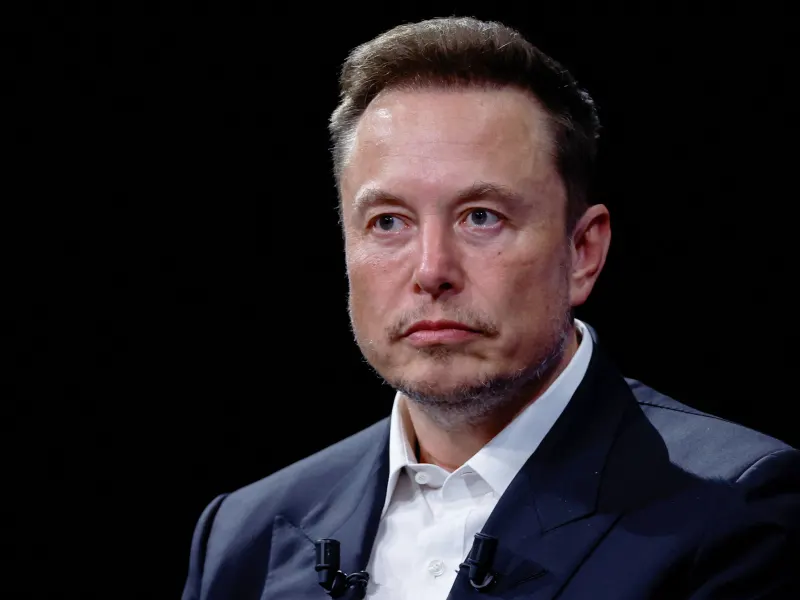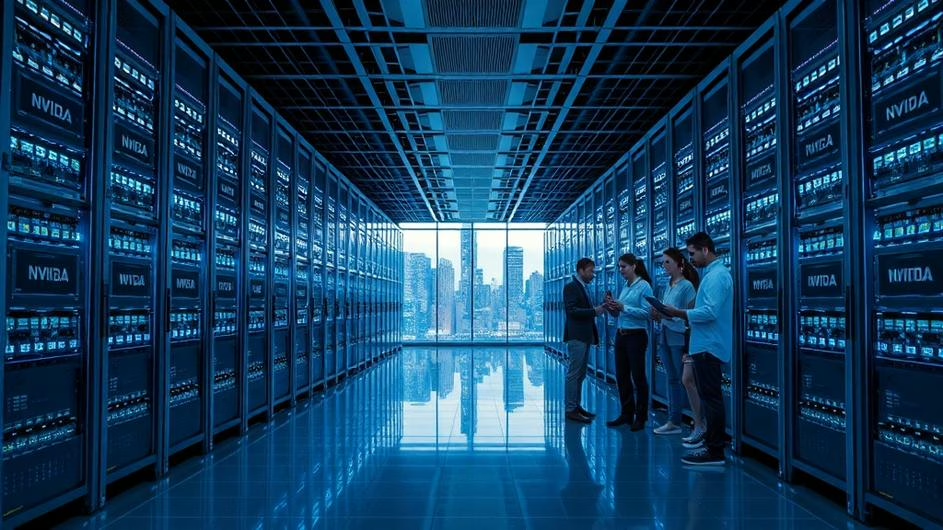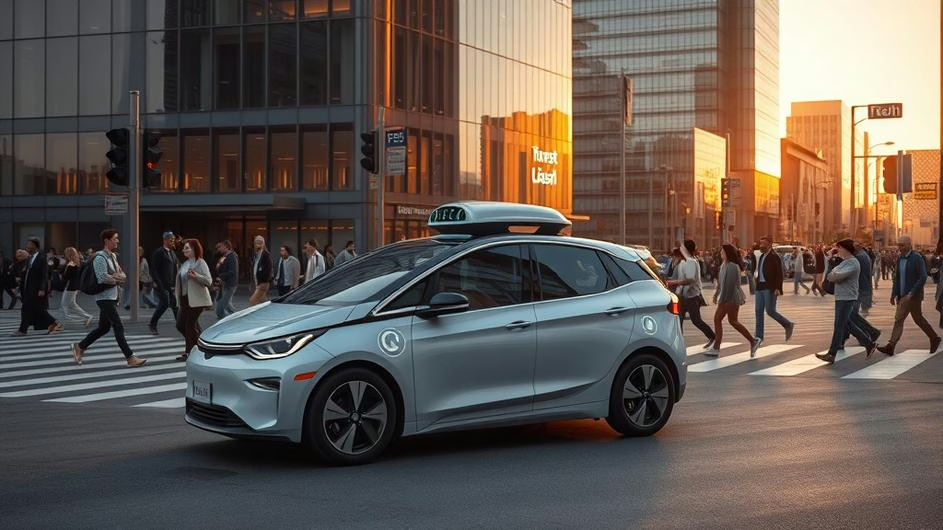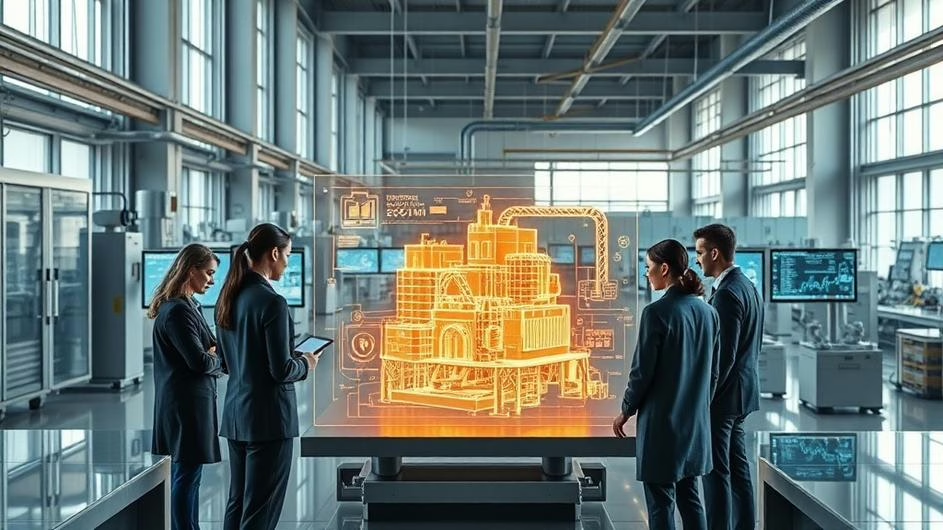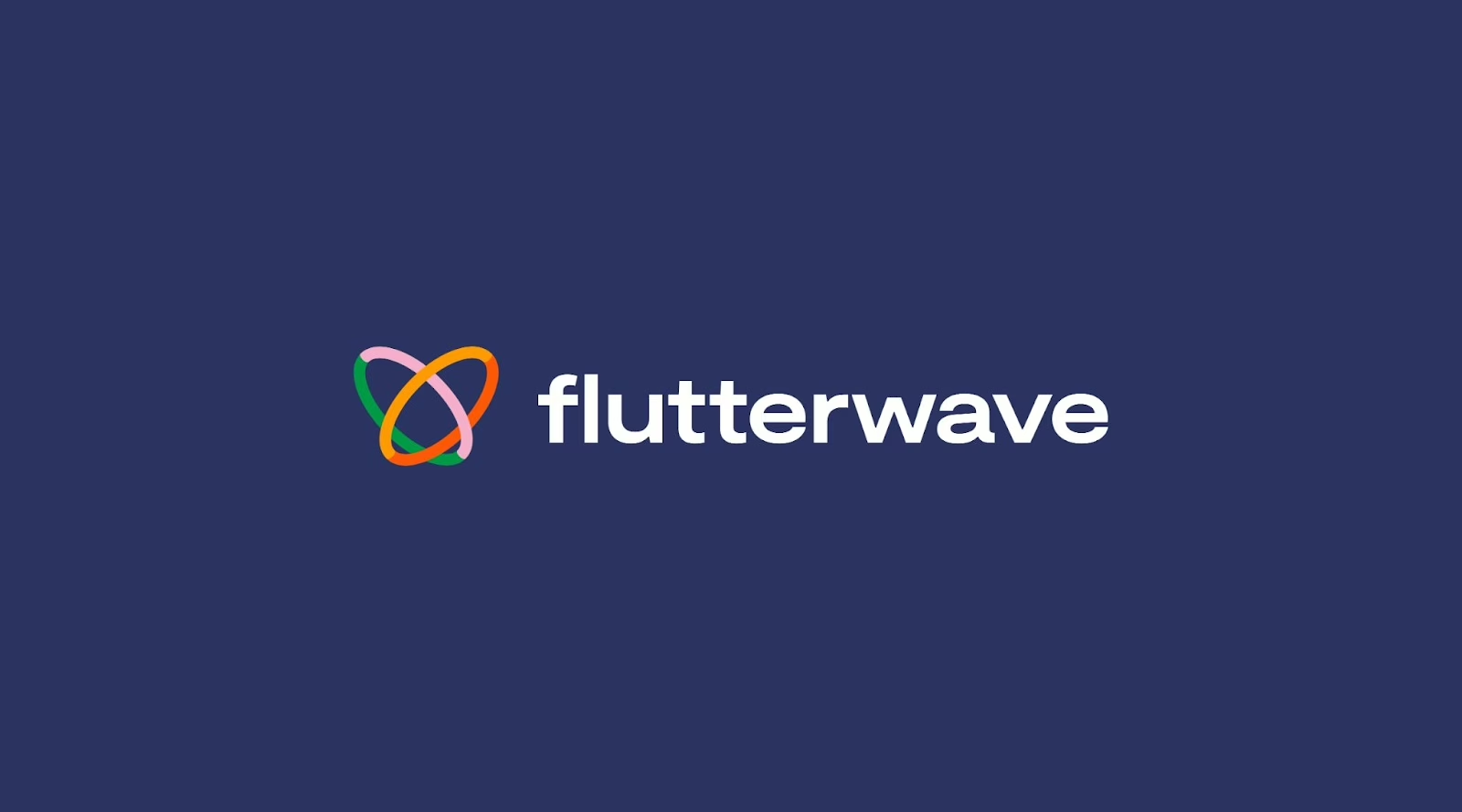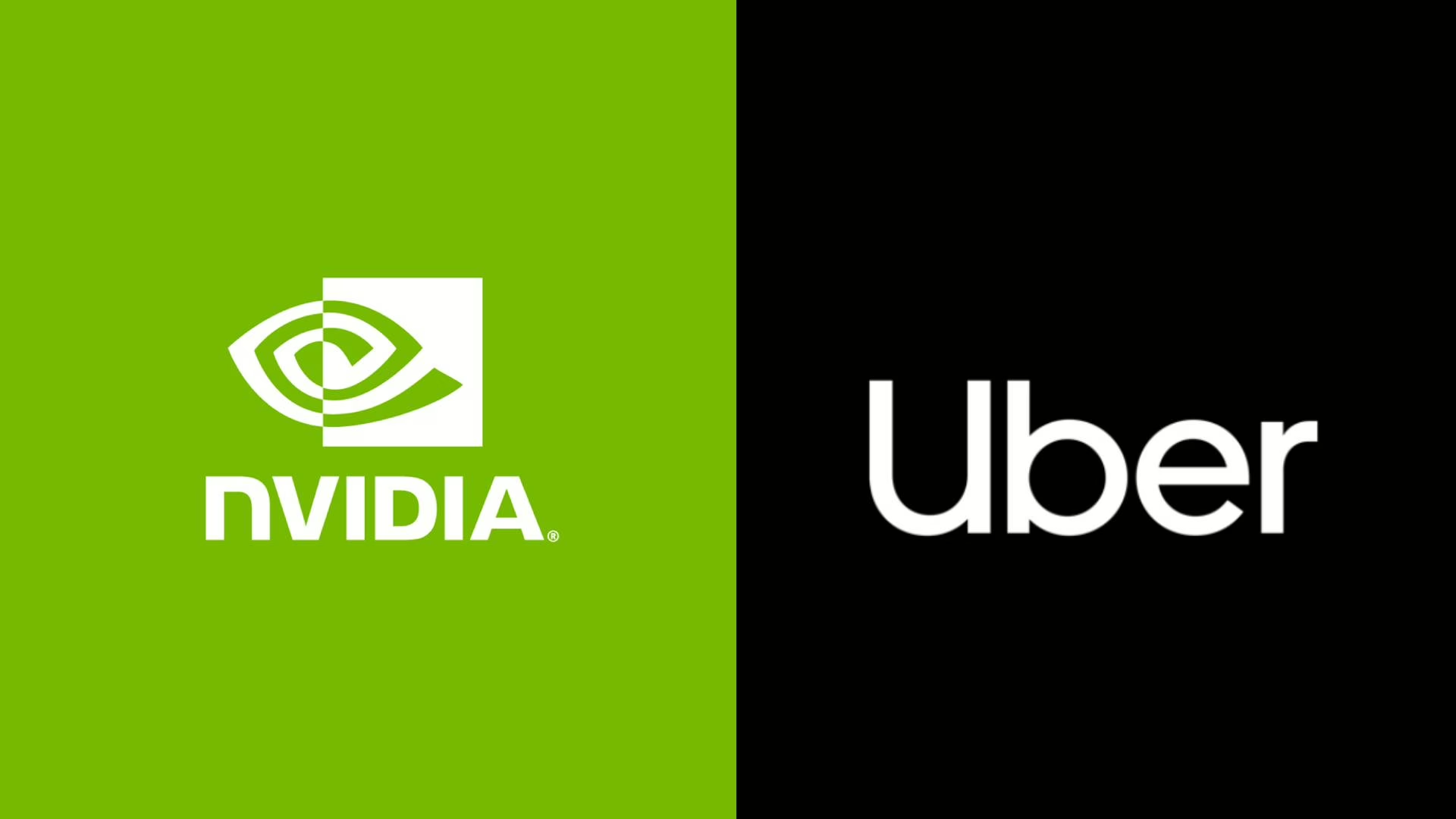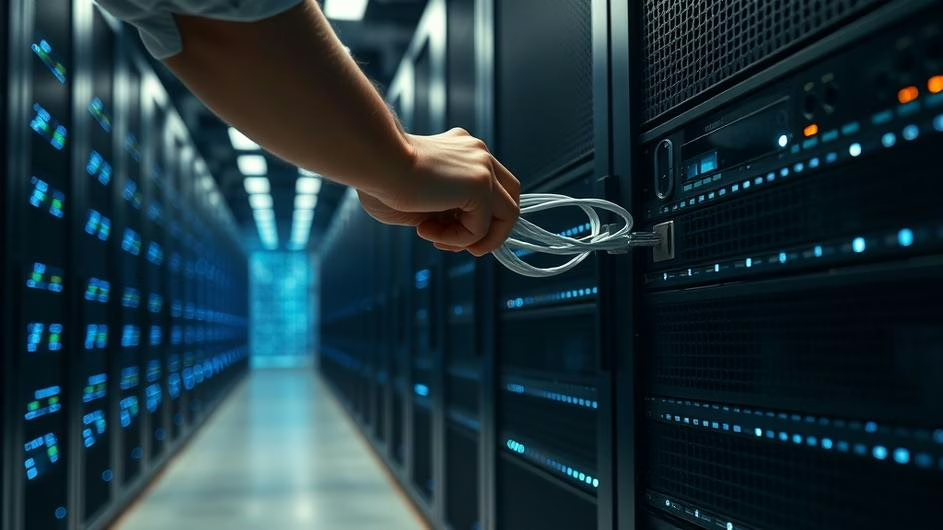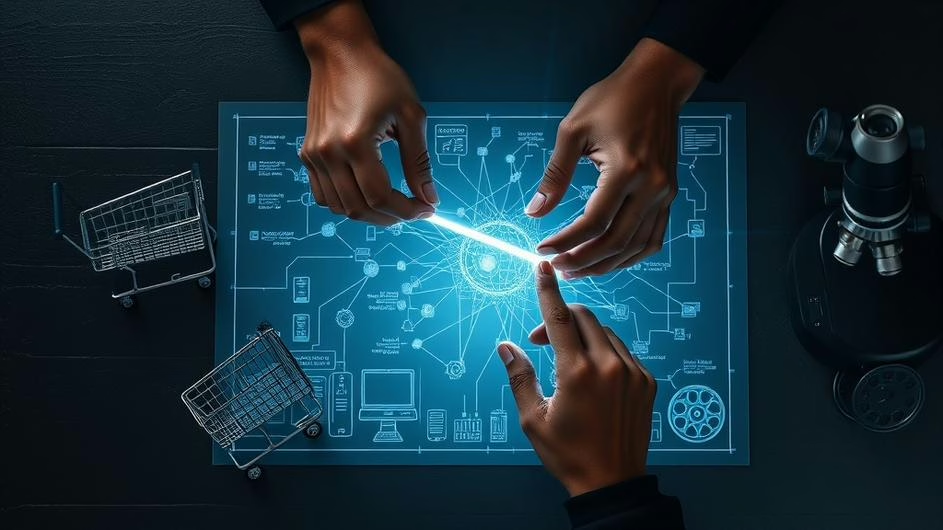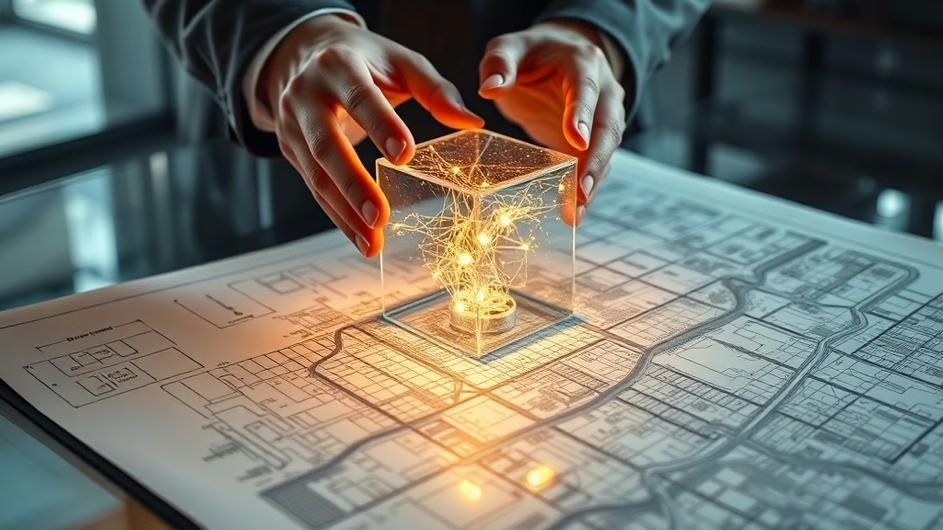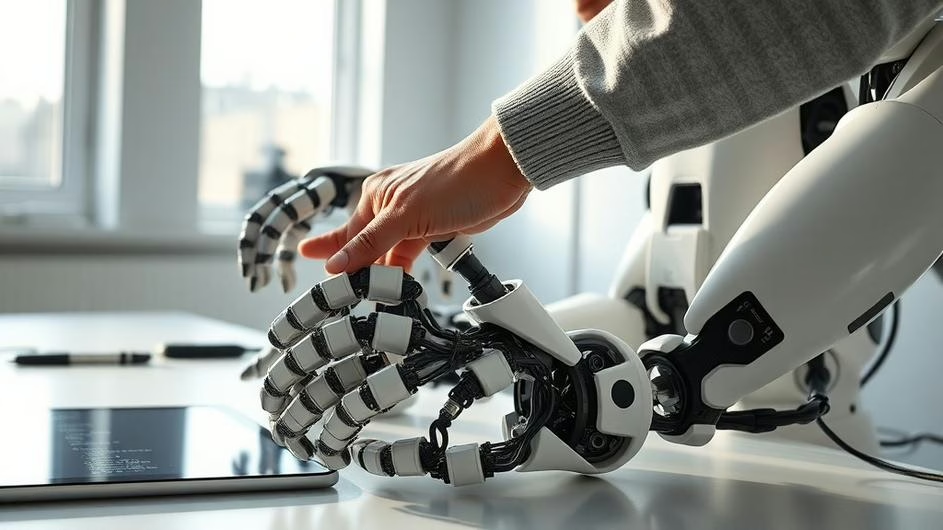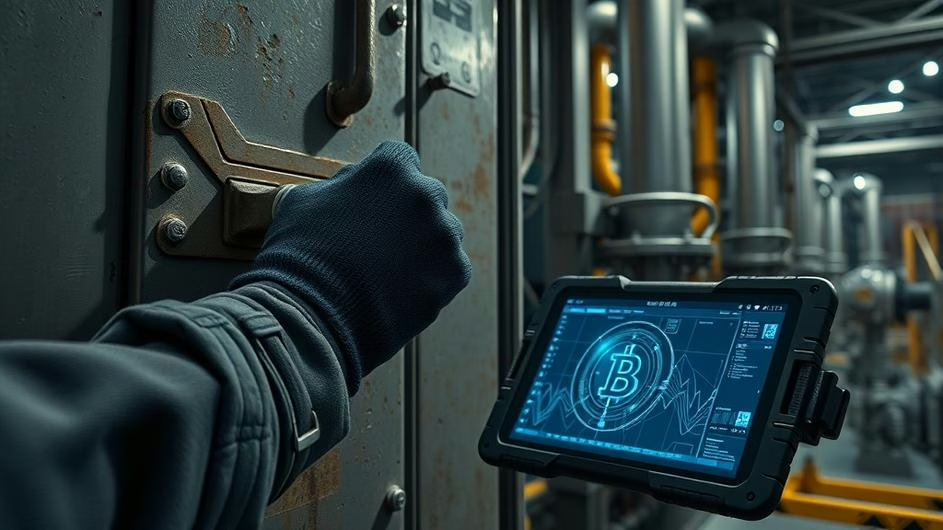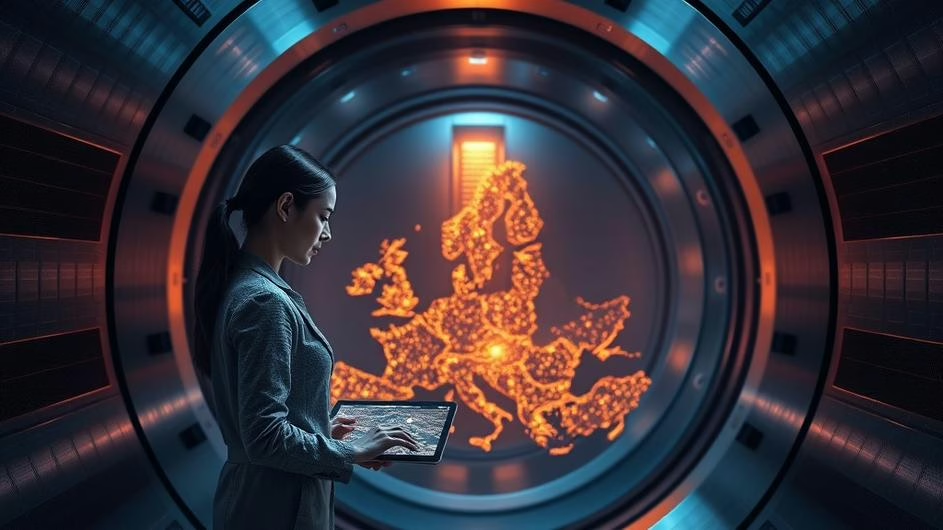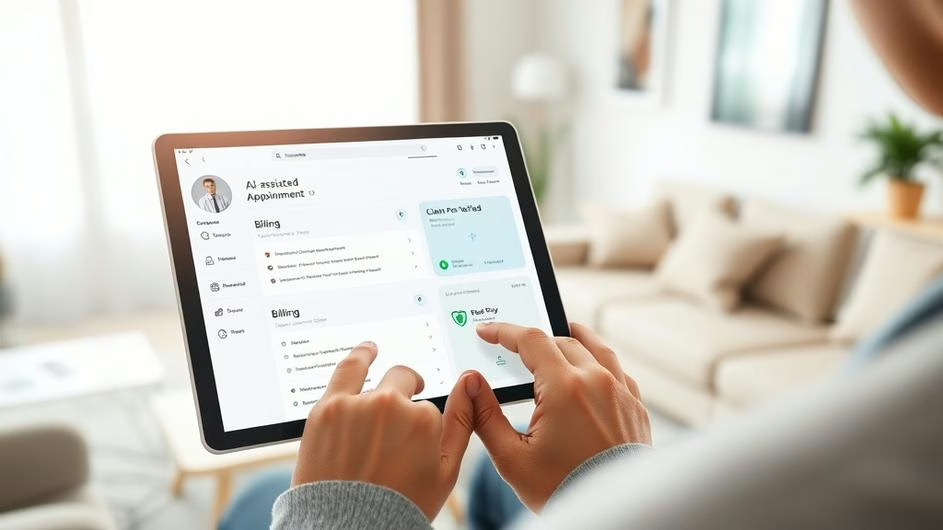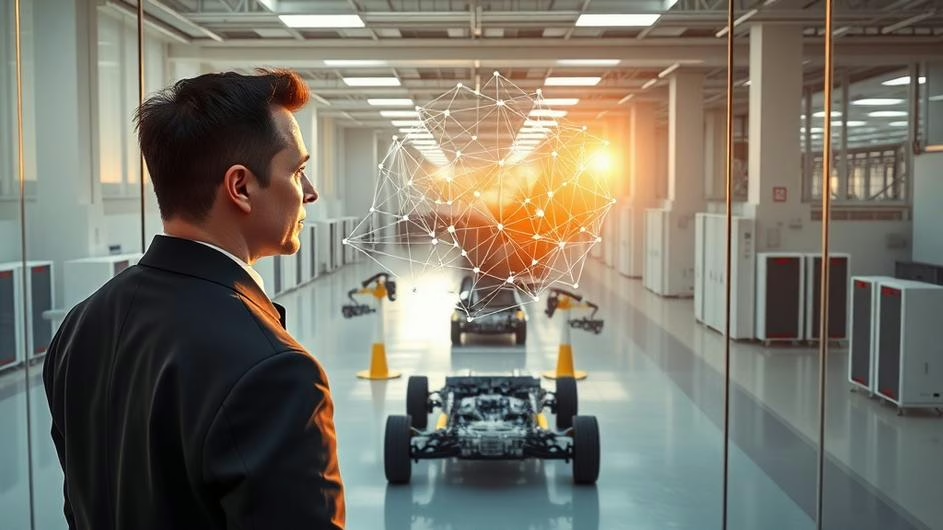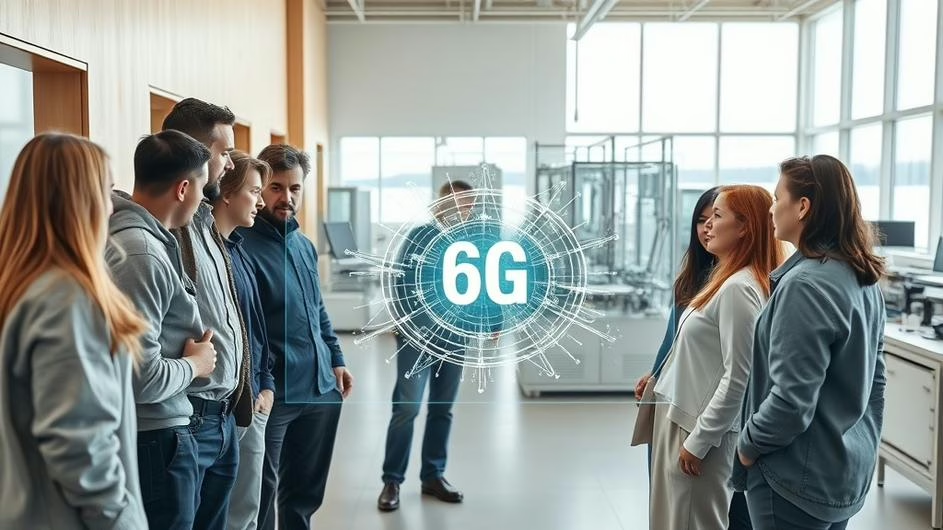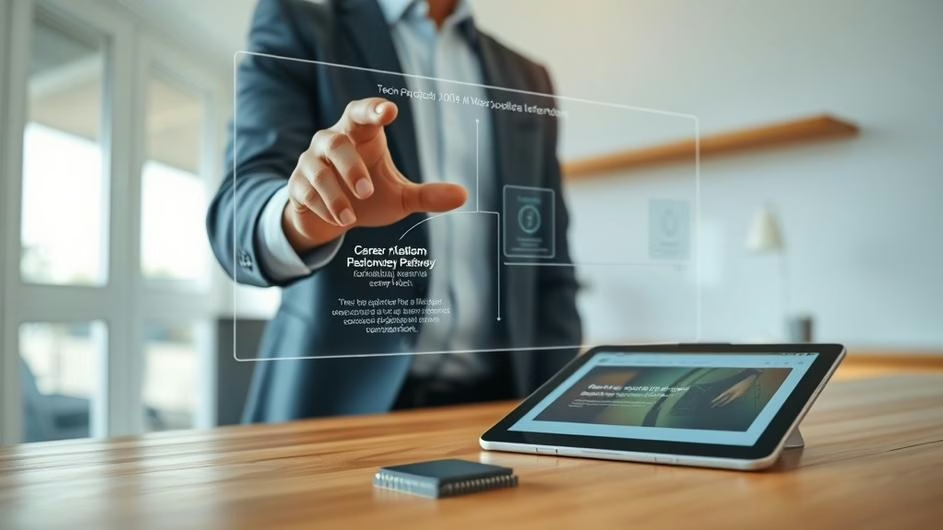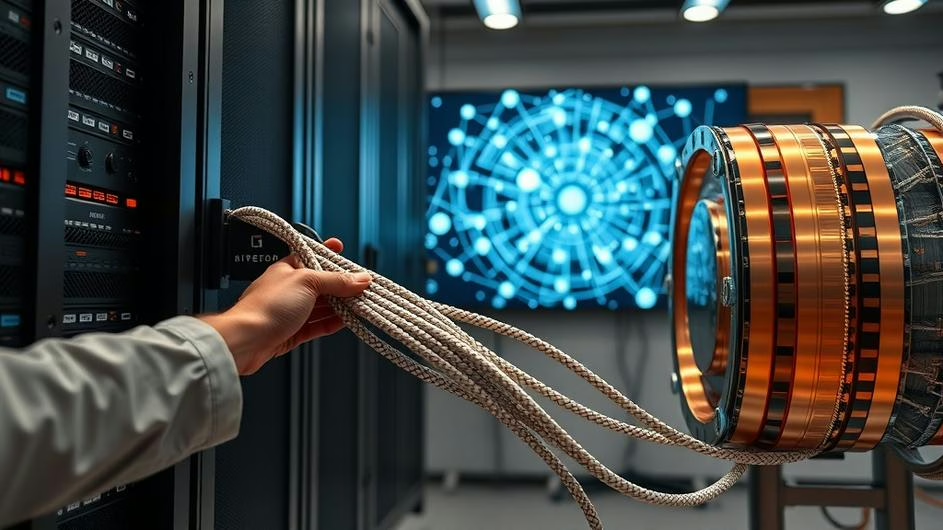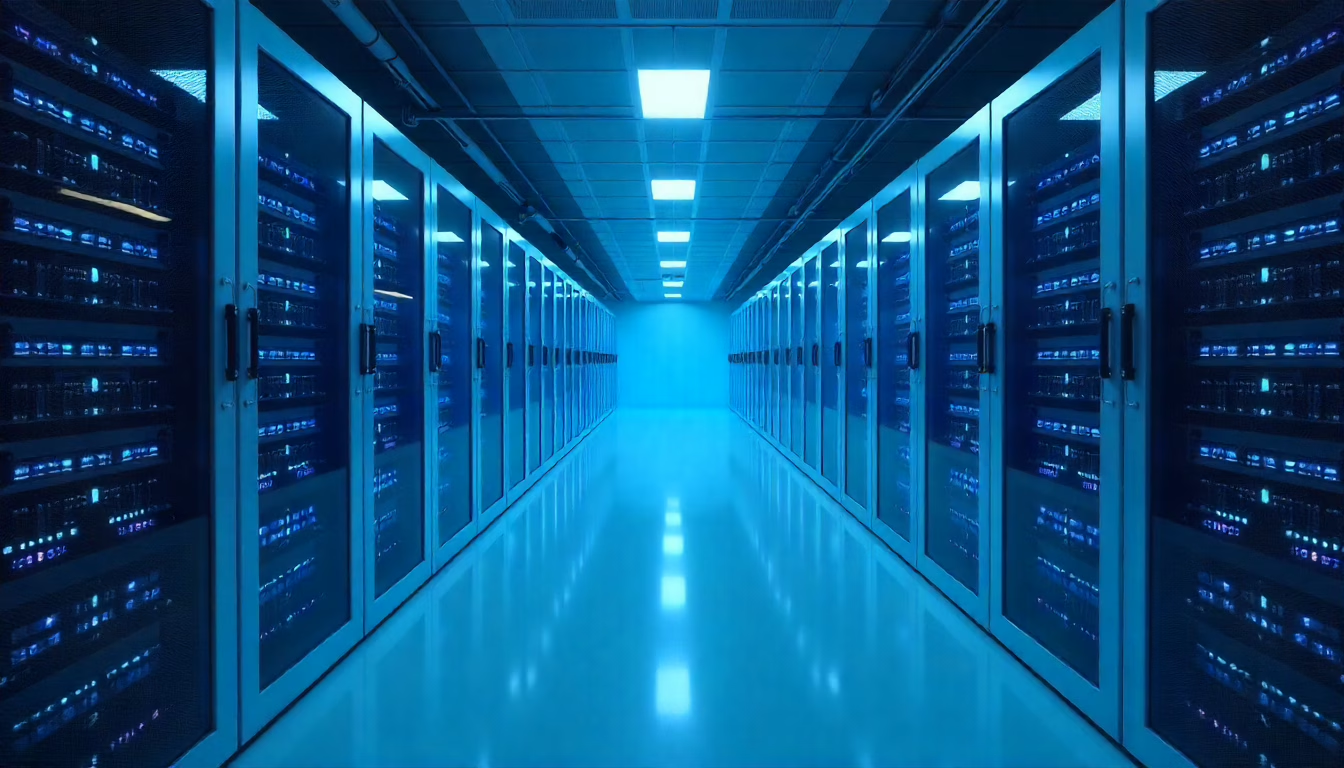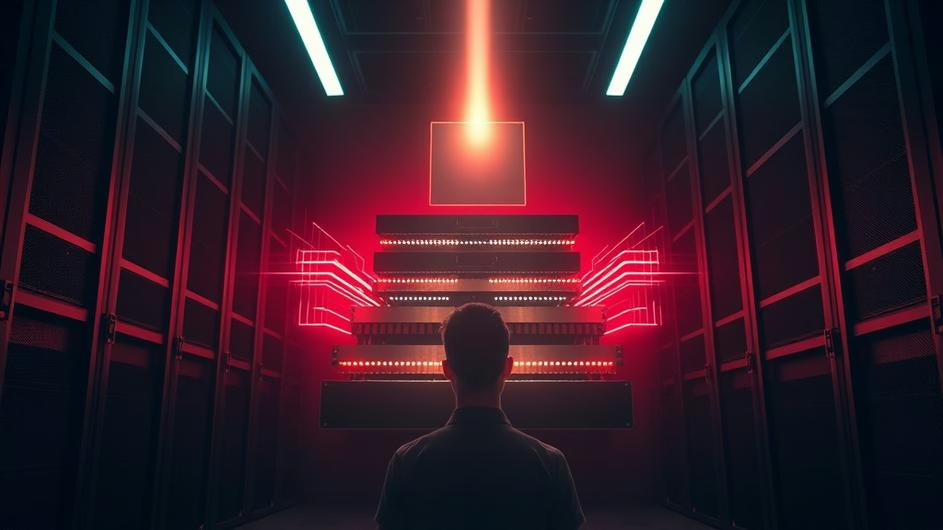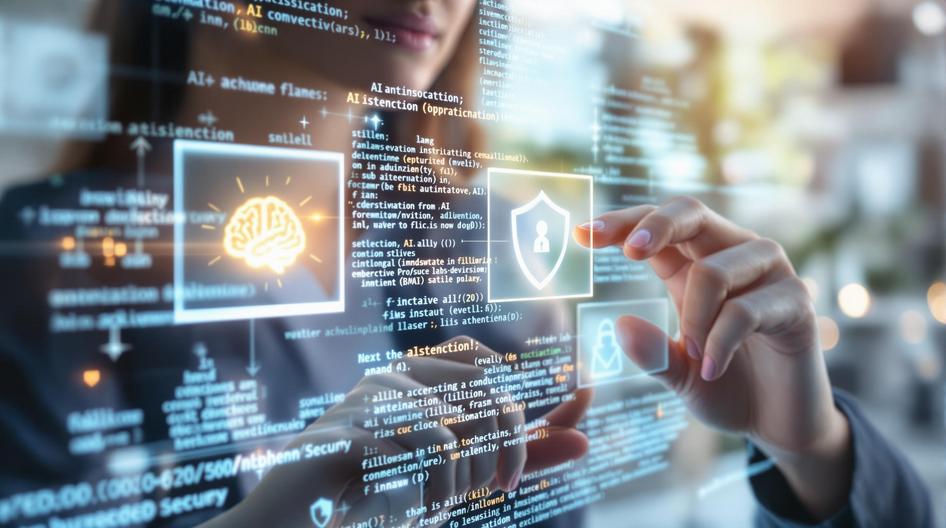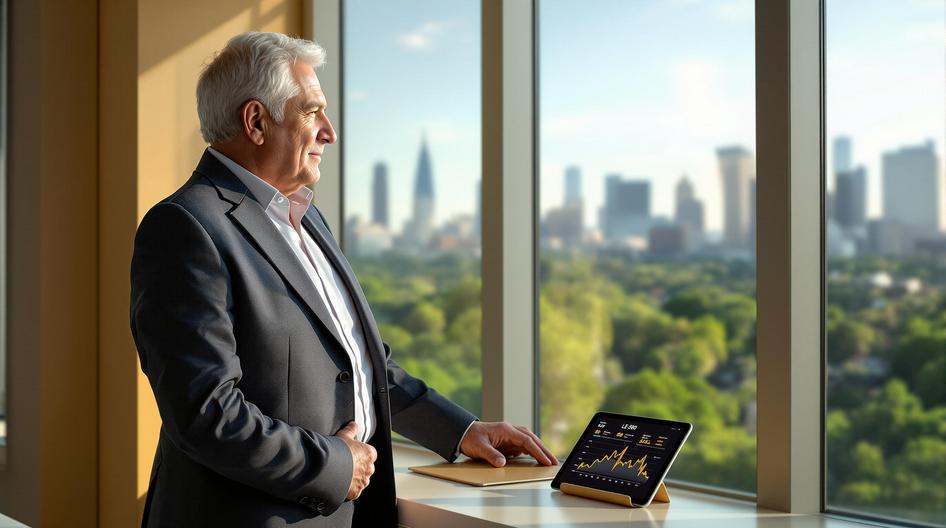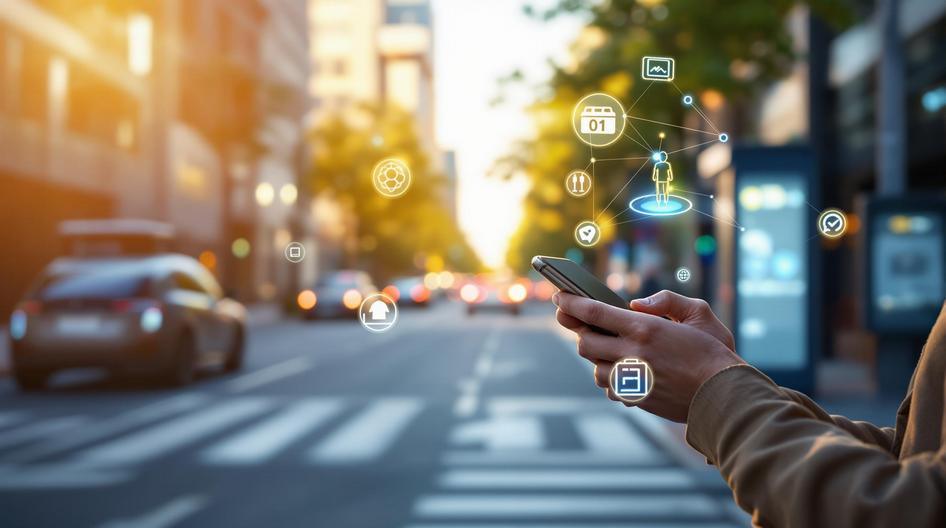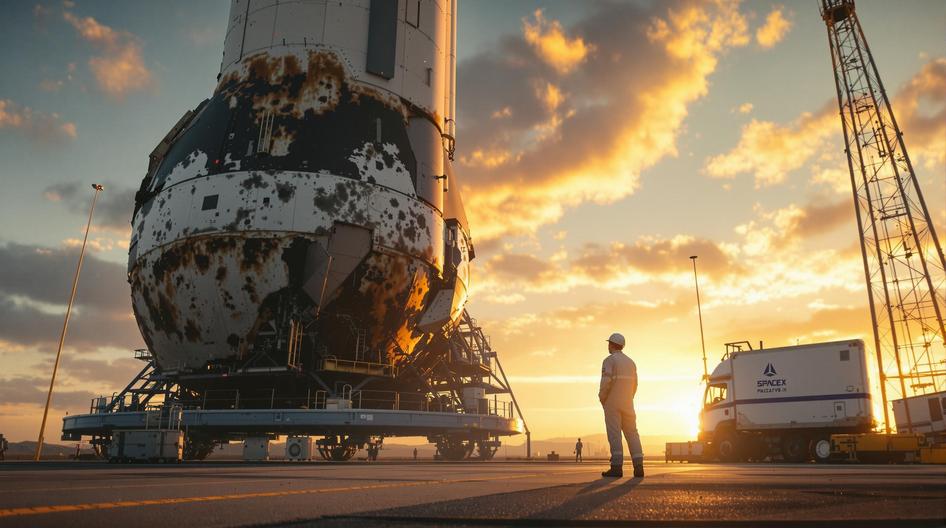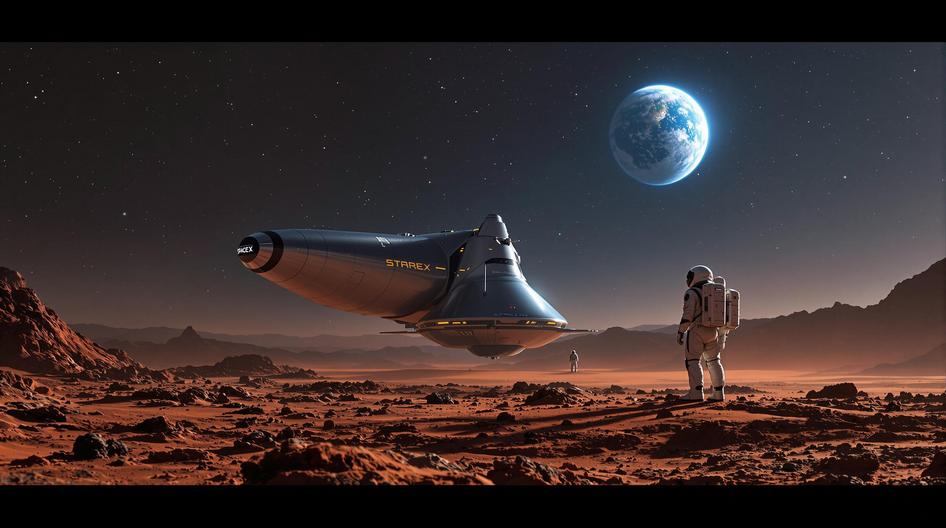
Huawei’s Intelligent Vision: Shaping the Next Era of Connectivity and AI-Driven Innovation
Tech giants worldwide are racing to define the future of connectivity, but Huawei’s latest moves suggest they’re playing a different game entirely. While competitors focus on individual products or services, the Chinese tech company is building something bigger: an ecosystem where artificial intelligence doesn’t just power devices but fundamentally transforms how networks think, adapt, and respond.
What’s driving this shift? The answer lies in late 2025’s most significant tech events, where Huawei unveiled strategies that could reshape everything from carrier infrastructure to smart home experiences. For developers, investors, and everyday users, these developments signal a major turning point in how we’ll interact with connected technology.
The “All Intelligence” Strategy Takes Center Stage
At GITEX Global 2025, Huawei didn’t just announce another product lineup. They introduced their “All Intelligence” roadmap, a comprehensive blueprint for embedding AI across industries that matter most: utilities, finance, transportation, power, and education.
This isn’t your typical corporate buzzword strategy. The roadmap tackles real-world problems that have been plaguing these sectors for years. Think about it: when was the last time you experienced truly seamless connectivity across all your devices? Or felt confident that your smart home actually understood your needs rather than just responding to commands?
The event featured over 100 expert sessions, but the real story emerged from GITEX Cyber Valley, where Huawei showcased AI-powered security products designed to counter today’s increasingly sophisticated cyber threats. For cybersecurity professionals and enterprises, this represents a shift from reactive security measures to predictive, intelligent defense systems.
Carrier Networks Get an AI Brain Transplant
While consumer-facing announcements grab headlines, Huawei’s most significant impact might be happening behind the scenes in carrier infrastructure. At the 2025 Ultra-Broadband Forum (UBBF), the company announced major upgrades to its AI Wide Area Network (AI WAN) solution.
Here’s why this matters for everyday users: today’s networks are essentially dumb pipes that move data from point A to point B. Tomorrow’s networks, if Huawei’s vision succeeds, will actively optimize traffic, predict congestion, and self-heal when problems arise. For mobile users frustrated with dropped calls or slow speeds during peak hours, this could mean the difference between a functional and frustrating digital experience.
The focus on sustainable AI data center networks also addresses a growing concern among environmental advocates and cost-conscious enterprises. By embedding machine learning into operational workflows, these systems can reduce energy consumption while improving reliability. It’s a win-win that could appeal to both eco-conscious consumers and budget-minded CFOs.
Smart Homes Finally Get Smart
Perhaps the most tangible impact for consumers comes from Huawei’s next-generation Intelligent Optical Network Terminal (ONT), which promises to usher in the F5.5G all-optical smart home era.
Current smart home setups often feel more frustrating than futuristic. Devices don’t talk to each other properly, network performance varies wildly, and energy management remains largely manual. Huawei’s new ONT aims to solve these problems by combining optical technologies, AI, and sophisticated sensing capabilities.
For homeowners investing in smart home technology, this could represent a fundamental shift from managing individual devices to orchestrating an intelligent ecosystem. The promise of “connecting everything with fiber” and “enjoying life with intelligence” sounds ambitious, but early partnerships with global telecom operators suggest this isn’t just marketing speak.

Long-Haul Networks Get an Intelligence Upgrade
Some of the most impressive breakthroughs are happening in areas most users never see. Huawei’s partnership with Turkcell recently achieved a significant milestone in AI-enabled long-haul data center networking.
Through rigorous testing, the teams validated advanced AI-based power management and energy-saving mechanisms across long-distance connections. For businesses relying on cloud services and data transfer between global locations, this translates to more reliable connections and potentially lower costs.
Turkcell’s commitment to spearheading Turkey’s digital transformation provides a real-world testing ground for these technologies. As networks gain the ability to automatically route traffic and optimize resources without human intervention, we’re witnessing the emergence of truly autonomous networking infrastructure.
Security as the Foundation, Not an Afterthought
What sets Huawei’s approach apart is their recognition that intelligence without security is meaningless. The company’s Resilient & Secure target network integration solution addresses the growing complexity of hybrid digital infrastructures.
As networks integrate more devices, endpoints, and cloud services, the challenge isn’t just about speed or capacity anymore. It’s about building trust into the architecture itself. For enterprises considering major digital transformations, this focus on cybersecurity resilience could be the deciding factor in vendor selection.
What This Means for the Tech Landscape
Huawei’s vision suggests we’re approaching a tipping point where AI-driven intelligence becomes the baseline expectation rather than a premium feature. For developers, this means building applications that can leverage truly intelligent network infrastructure. For investors, it signals potential opportunities in companies developing complementary technologies or services.
The broader implications extend beyond Huawei’s immediate ecosystem. As artificial intelligence reshapes industries globally, companies that can integrate AI seamlessly into fundamental infrastructure will likely gain significant competitive advantages.
But questions remain. Will these ambitious promises translate into real-world performance improvements? How will competing standards and platforms interoperate? And can Huawei navigate ongoing geopolitical tensions while deploying these technologies globally?
Looking Forward: The Intelligence Revolution
The shift from connected to intelligent infrastructure represents more than just technological evolution. It’s potentially the foundation for entirely new business models, user experiences, and economic opportunities.
For consumers, this could mean smart living experiences that actually feel intuitive rather than frustrating. For businesses, it promises operational efficiency gains that go beyond simple automation. For investors, it suggests new markets and opportunities emerging at the intersection of AI, networking, and real-world applications.
The question isn’t whether intelligent networks will emerge, but how quickly they’ll become the standard. Huawei’s comprehensive approach, spanning everything from carrier infrastructure to consumer devices, positions them as a major player in this transition. However, success will ultimately depend on execution, adoption, and the ability to deliver tangible benefits that justify the hype.
As we head deeper into 2025, watching how these technologies perform in real-world deployments will be crucial for understanding the true trajectory of our increasingly connected, and hopefully more intelligent, digital future.
Sources
- Huawei launches ‘All Intelligence’ roadmap, driving transformation and partner empowerment at GITEX Global, Telecoms, 20 October 2025
- Huawei Launches an Intelligent ONT to Lead the New Era of F5.5G All-Optical Smart Homes, Developing Telecoms, 16 October 2025
- UBBF 2025: How Huawei is Building the Carrier Network of Tomorrow, Telecoms, 17 October 2025
- Turkcell and Huawei Achieve Europe AI Breakthrough in Long-Haul Data Center Networks, Telecoms, 15 October 2025
- Reuters: Huawei launches Resilient & Secure target network integration solution, TradingView, 17 October 2025

